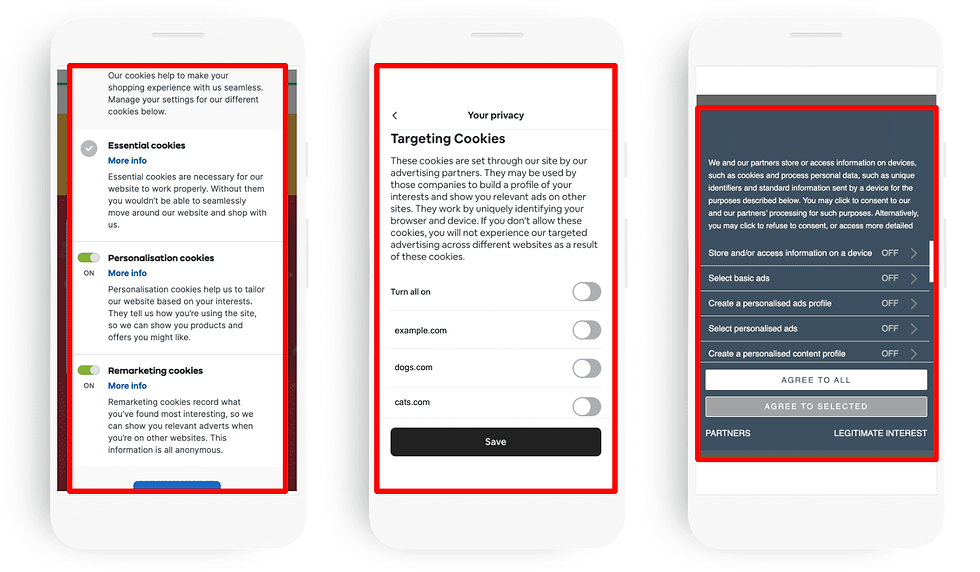Twaddle Tendency
- Amber Tatum
- Oct 14
- 1 min read
This week we're exploring a cognitive bias called the Twaddle Tendency. Twadd-a-what? Let's get into it:
twaddle, noun, /ˈtwäd(ə)l/- trivial, feeble, silly, or tedious talk or writing
Twaddle Tendency -
The cognitive bias where people prefer impressive-sounding but meaningless content over clear, simple, and genuinely useful information.
Examples in UX:
#1 Pedantic Business-speak

The de-twaddled translation: we design and build custom digital solutions!
#2 A Crowd Favorite: Cookies 🍪

Can't they just say: we’re watching you, suckers 👀
Examples IRL:
#1 (un)Real Estate

You can probably translate this one but it would be something like:
Translation= small, dilapidated, and old.
#2 America's Favorite Twaddle Queen
Avoiding Twaddle Tendency in UX:
Use plain language. If a 5th grader can't understand it, rewrite it
Test copy with real users who aren't experts in your field
Ask "what are we actually trying to say?" and start there
Remember: clarity is kindness
Avoiding Twaddle Tendency in IRL:
Resist the thesaurus urge
Unfollow that LinkedIn influencer
When someone asks what you do, just tell them. No buzzwords.
KISS (Keep it simple, Silly)
So there you have it! Next time you think about adding some flowery language, maybe don't! No one likes a Twaddler.

Comments